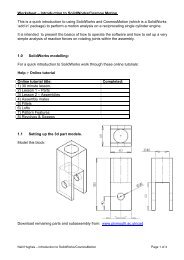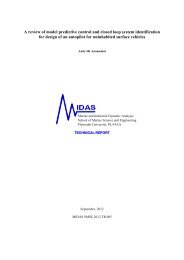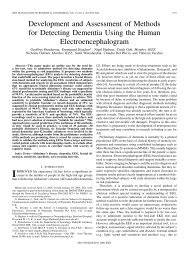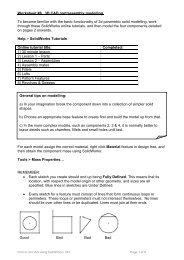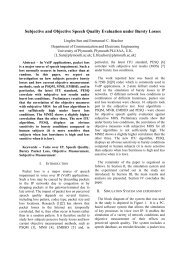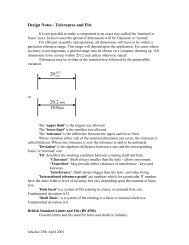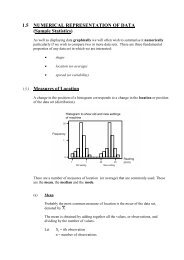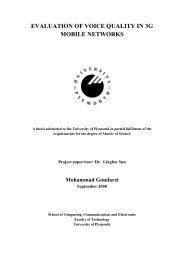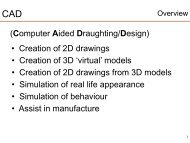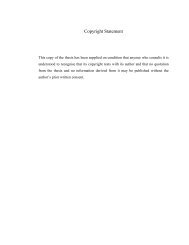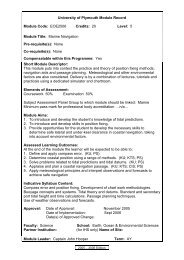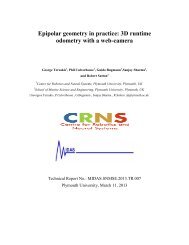Designing an Anaphora Resolution Algorithm for Route Instructions
Designing an Anaphora Resolution Algorithm for Route Instructions
Designing an Anaphora Resolution Algorithm for Route Instructions
Create successful ePaper yourself
Turn your PDF publications into a flip-book with our unique Google optimized e-Paper software.
[in(left_region_of(street1)]). The second rule h<strong>an</strong>dles cases in which the spatial PP<br />
specifies the verb but the specification also allows inference about the properties of<br />
the corresponding argument. This happens when the corresponding argument is<br />
realised as <strong>an</strong>aphor like in the following examples:<br />
3) you will see it on your left<br />
4) it is on your left there<br />
As pronouns c<strong>an</strong>not be specified by PPs, the spatial PP: ‘on your left’ modifies the<br />
verb. However, it c<strong>an</strong> be inferred through the reasoning processes that the entities<br />
referred to by the <strong>an</strong>aphors are both located in the left_region of the robot. These<br />
spatial inference rules are especially defined <strong>for</strong> the domain of route instructions.<br />
The second rule takes Adjective Copula Constructions into account where<br />
the adjective modifies either <strong>an</strong> abstract entity (e.g. x is true) or a concrete entity (e.g.<br />
x is expensive). Depending on the kind of adjective, it also constrains the subject to be<br />
a certain kind of entity, <strong>for</strong> example in the following example:<br />
5) follow the road to the museum<br />
6) be careful, it is quite bendy<br />
The lexical entry <strong>for</strong> ‘bendy’ stores the in<strong>for</strong>mation that ‘bendy’ is likely to specify<br />
<strong>an</strong> entity of the concept: ‘path’ (cf. lexical entry <strong>for</strong> ‘bendy’ in Appendix 3). By virtue<br />
of the constraint (retrievable from the lexicon) the algorithm would not try to resolve<br />
the <strong>an</strong>aphor to ‘the museum’.<br />
The third rule checks the lexicon <strong>for</strong> type constraints <strong>for</strong> the Arguments of<br />
Verbs (subject or object). The lexical entry of each verb contains type constraints <strong>for</strong><br />
the subject <strong>an</strong>d if the verb is tr<strong>an</strong>sitive it also stores type constraints <strong>for</strong> the object.<br />
The lexical entries <strong>for</strong> ‘reach’ <strong>an</strong>d ‘take’ show that the subject is restricted to either a<br />
‘hum<strong>an</strong>_person’ or a ‘path’. As ‘reach’ belongs to the subclass of REACH-verbs its<br />
object is specified as final position of the action (see lexical entry of ‘reach’ in<br />
Appendix 3). ‘Take’ is a TURN-verb. There<strong>for</strong>e, its object is restricted to be a ‘path’-<br />
entity (cf. lexical entry of ‘take’ in Appendix 3). ‘Assume’ is a PROPOSITIONAL<br />
ATTITUDE-verb, which is why its complement is defined as a propositional clause<br />
(cf. lexical entry of ‘assume’ in Appendix 3). The object of ‘do’ always refers to <strong>an</strong><br />
32



